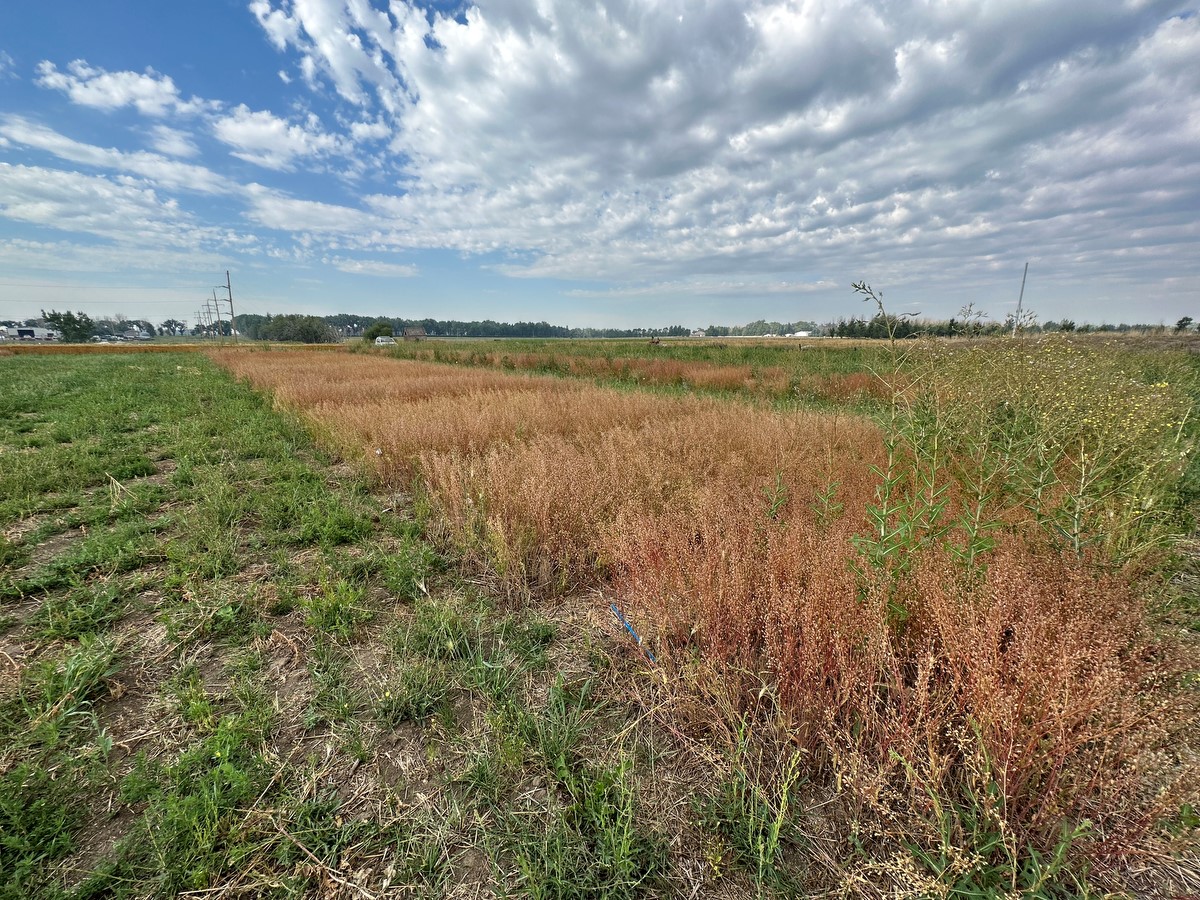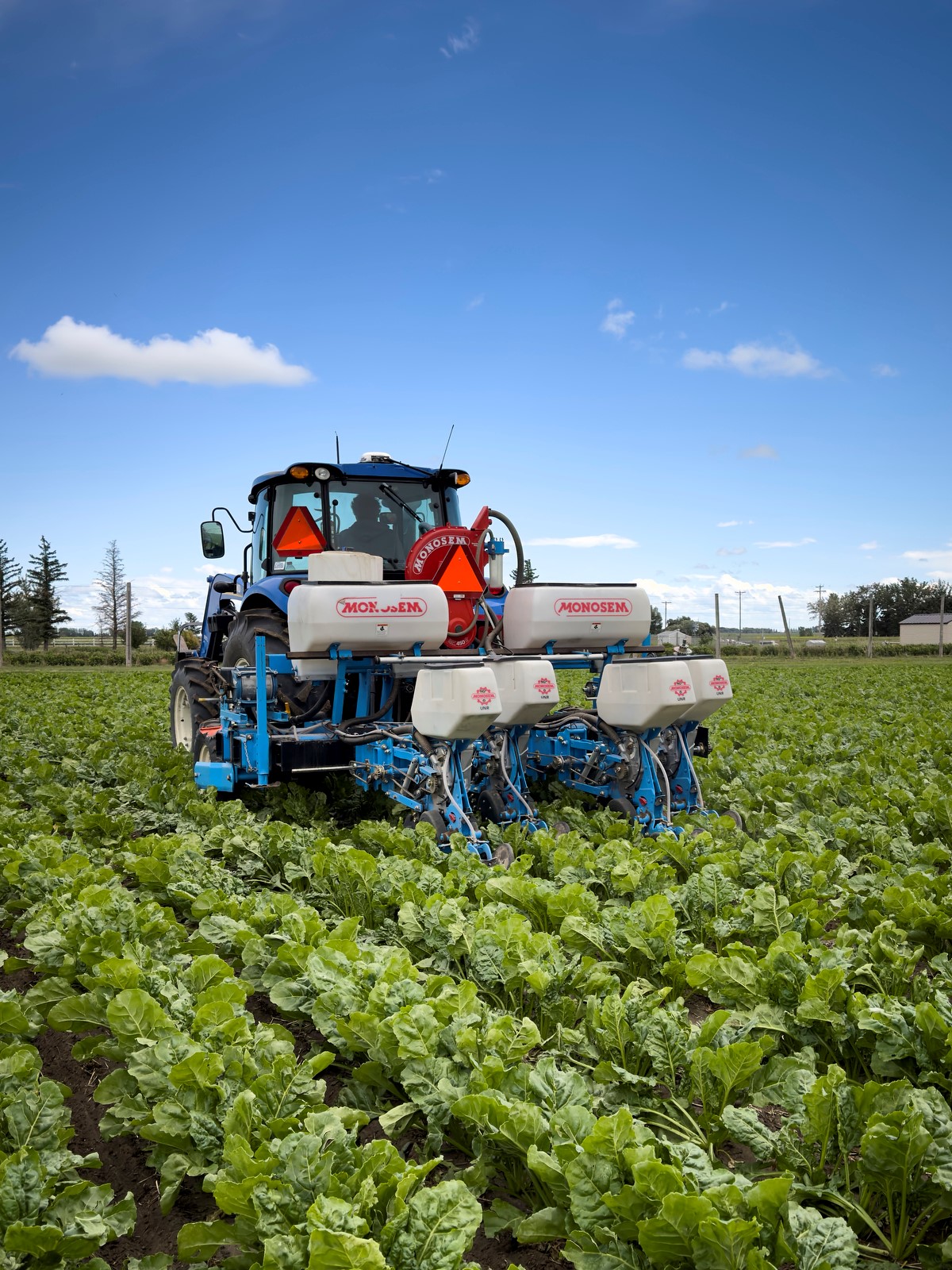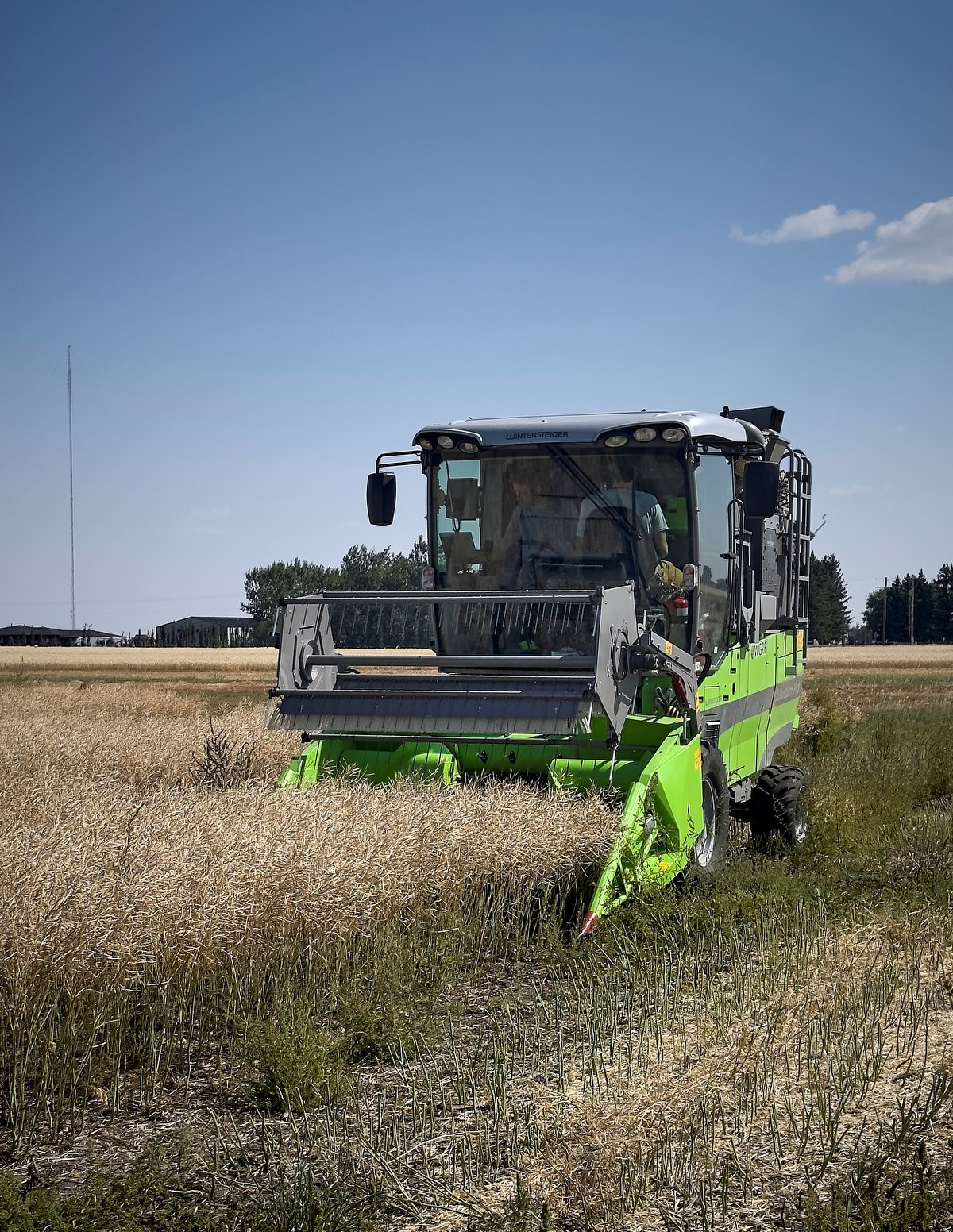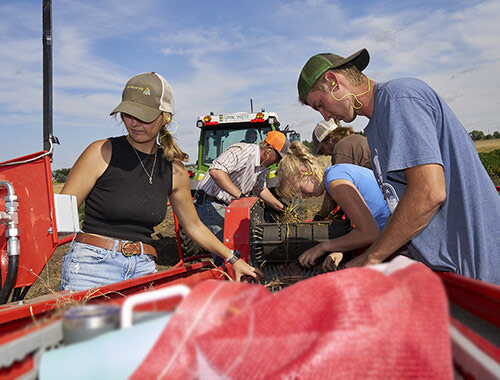A bizarre fall/winter led to interesting results in our Saving Soils – Camelina project!
As part of the huge Saving Soils project funded by RBC’s Tech for Nature grant and the Weston Family Foundation, our Commercial Innovation team tests the waters for a fall-seeded camelina cover crop with a twist.
Not only is this an opportunity for over-winter soil protection, but producers also stand to profit from this cheeky cash alternative.
|
|
|
Winter camelina trials at Farming Smarter |
Camelina Considerations & Challenges
The goal for Trevor Deering’s Commercial Innovation team is to identify camelina’s ability to hold soil in place over winter. If successful, it will allow further crop rotation diversity, retain soil moisture, and enhance soil structure for the spring’s cash crop.
Growers curious about introducing winter crops into their rotations should be interested in camelina. Winter camelina has the potential to be a cash crop, rather than be terminated like most cover crops, allowing for increased diversity in your commodity portfolio. Plus, it’s an incredibly resilient crop!
Deering’s Commercial Innovation crew put seeds in the ground the fall 2023 to prepare for 2024 trials. There was a week difference between shallow seeding treatments of the early seeding date, the difference of weather was astounding , including a cold snap that drastically decreased soil temperature. The earlier shallow seeding treatments (Aug 30th vs Sept 5th) grew much faster and larger.
“We seeded the final week of August/first week of September (early) and the last week of September (late), and the earlier seeding date seemed to benefit the crops more. Throughout the fall, they had better soil coverage and were more visually vigorous,” says Deering.
However, the performance of the crop was restricted by an early onset of cool temperatures and low fall soil moisture.
|
|
|
Farming Smarter staff seeding camelina into cover crops |
“Before seeding, we put an inch of irrigation on the field and luckily got one more inch onto the crop before the fall shut off. Unfortunately, that was really all the moisture it got,” Deering comments.
Fortunately, the crop had great emergence for the amount of moisture it received.
“One of the benefits with camelina is that it doesn’t need much moisture and once you reach that point it will just grow well,” Deering adds.
How We’re Saving Soils
The camelina trails are seeded on irrigated and dryland fields, each trial has two seeding dates, three seeding rates, and two depths. Over the four years, this winter camelina will be seeded in the fall, harvested at the end of summer, and followed by a variety of common cash crops to identify where it fits best in rotations seen throughout southern Alberta.
This study will allow us to understand the best seeding rates, dates, and depths to get the most out of a fall-seeded camelina cash crop.
Ideally, it would help to save your soil and utilize available nutrients & moisture while remaining a solid cash crop with minimal disease risk.
We think this project holds a lot of potential to influence agriculture across southern Alberta and are excited to share updates on it! If you’re interested in learning more about this project, you can connect with project lead Trevor Deering. Additionally, keep an eye out for event updates that may feature this project!
|
|
|
Harvesting camelina with our small-plot combine. This allows us to collect each trial independently for post-harvest analysis. |






